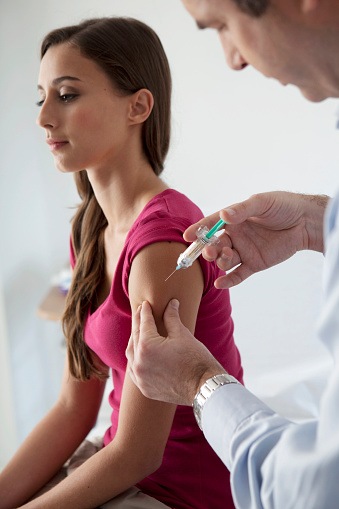
A study published in The Lancet reports “evidence of the substantial impact” of the HPV vaccine on reducing the incidence of HPV infections, high-grade cervical lesions, and anogenital warts.
The researchers noted that it is too soon to tell whether the HPV vaccine will lead to decreased cervical cancer rates; however, the results suggest that this may be the case, as the study shows that HPV infections and lesions are on the decline.
This was a follow-up to a 2015 analysis published in The Lancet Infectious Diseases. In this updated systematic review and meta-analysis, researchers assessed MEDLINE and Embase for studies published between February 1, 2014, and October 11, 2018. Eligible studies compared the frequency of at least one HPV-related endpoint (genital HPV infections, anogenital wart diagnoses, or histologically confirmed cervical intraepithelial neoplasia grade 2+ [CIN2+]) between pre- and post-vaccination periods among the general population and used the same population sources and recruitment methods before and after vaccination. Analyses were stratified by sex, age, and years since the introduction of the HPV vaccination.
https://twitter.com/HoltgraveHealth/status/1144186766951366656
The researchers included 65 articles in 14 high-income countries: 23 for HPV infection, 29 for anogenital warts, and 13 for CIN2+. The studies included 60 million people with up to eight years of follow-up data.
Huge meta analysis! Vaccination programs substantially reduce HPV infections and precancerous cervical lesions https://t.co/Kwc62AficG https://t.co/EFRADRp9fk (paywall) https://t.co/8Xmb63wmGg (paywall) #VaccinesSaveLives #vaccines #cancer #oncology #virus #HPV pic.twitter.com/VTxXZ1OsWY
— Nathan Letts, PhD 🇺🇦🇺🇦🇺🇦 (@Sciguy999) June 27, 2019
Infections are declining in women and men
After five to eight years of vaccination, the prevalence of HPV 16 and 18 decreased significantly by 83% (relative risk [RR] = 0.17; 95% CI, 0.11-0.25) among girls aged 13 to 19 years and by 66% (RR=0.34; 95% CI, 0.23-0.49) among women aged 20 to 24 years. The prevalence of HPV 31, 33, and 45 decreased significantly by 54% (RR=0.46; 95% CI, 0.33-0.66) among girls aged 13 to 19 years.
Anogenital wart diagnoses decreased significantly by 67% (RR=0.33; 95% CI, 0.24-0.46) among girls aged 15 to 19 years, by 54% (RR=0.46; 95% CI, 0.36-0.60) among women aged 20 to 24 years, and by 31% (RR=0.69; 95% CI, 0.53-0.89) among women aged 25 to 29 years.
Elimination of #cervicalcancer in rich countries may be possible within decades, thanks to the #HPVvaccine. Data from high-income countries shows #vaccination led to an 83% reduction in #HPV infections in 15-to19-year-old girls over five to eight years. https://t.co/Ei6ukTspjZ
— Dr Melvin Sanicas (@Vaccinologist) June 27, 2019
Anogenital wart diagnoses decreased significantly by 48% (RR=0.52; 95% CI, 0.37-0.75) among boys aged 15 to 19 years and by 32% (RR=0.68; 95% CI, 0.47-0.98) among men aged 20 to 24 years.
After five to nine years of vaccination, CIN2+ decreased significantly by 51% (RR=0.49; 95% CI, 0.42-0.58) among screened girls aged 15 to 19 years and by 31% (RR=0.69; 95% CI, 0.57-0.84) among women aged 20 to 24 years.

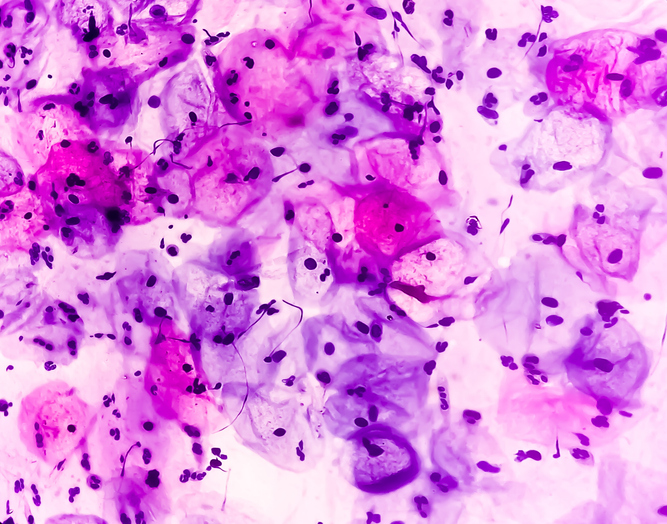
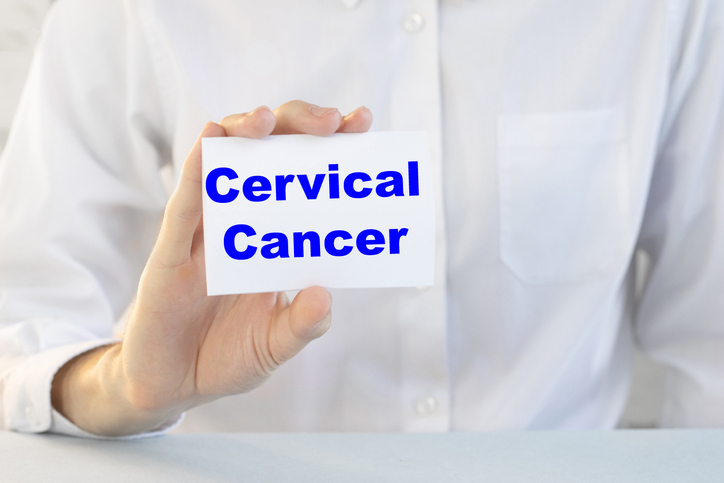
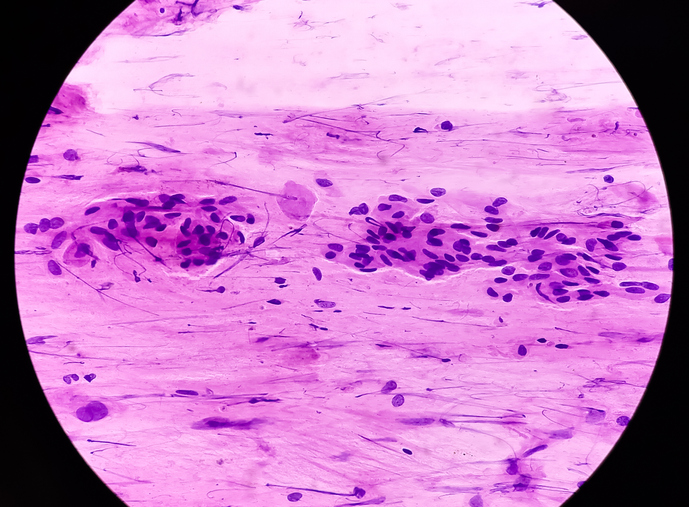
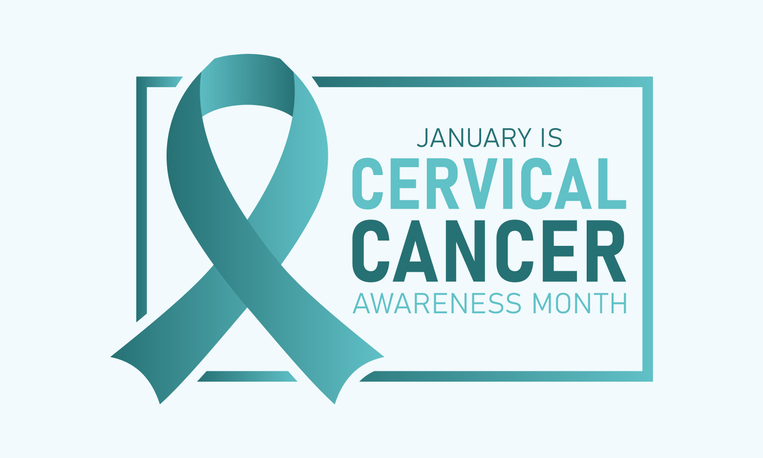
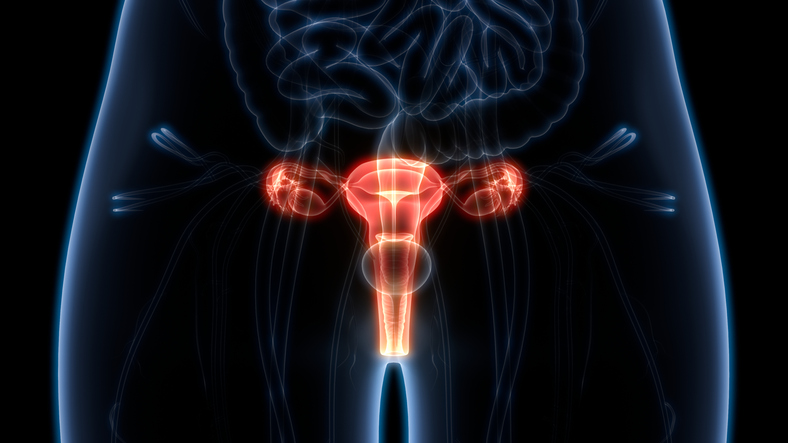

 © 2025 Mashup Media, LLC, a Formedics Property. All Rights Reserved.
© 2025 Mashup Media, LLC, a Formedics Property. All Rights Reserved.